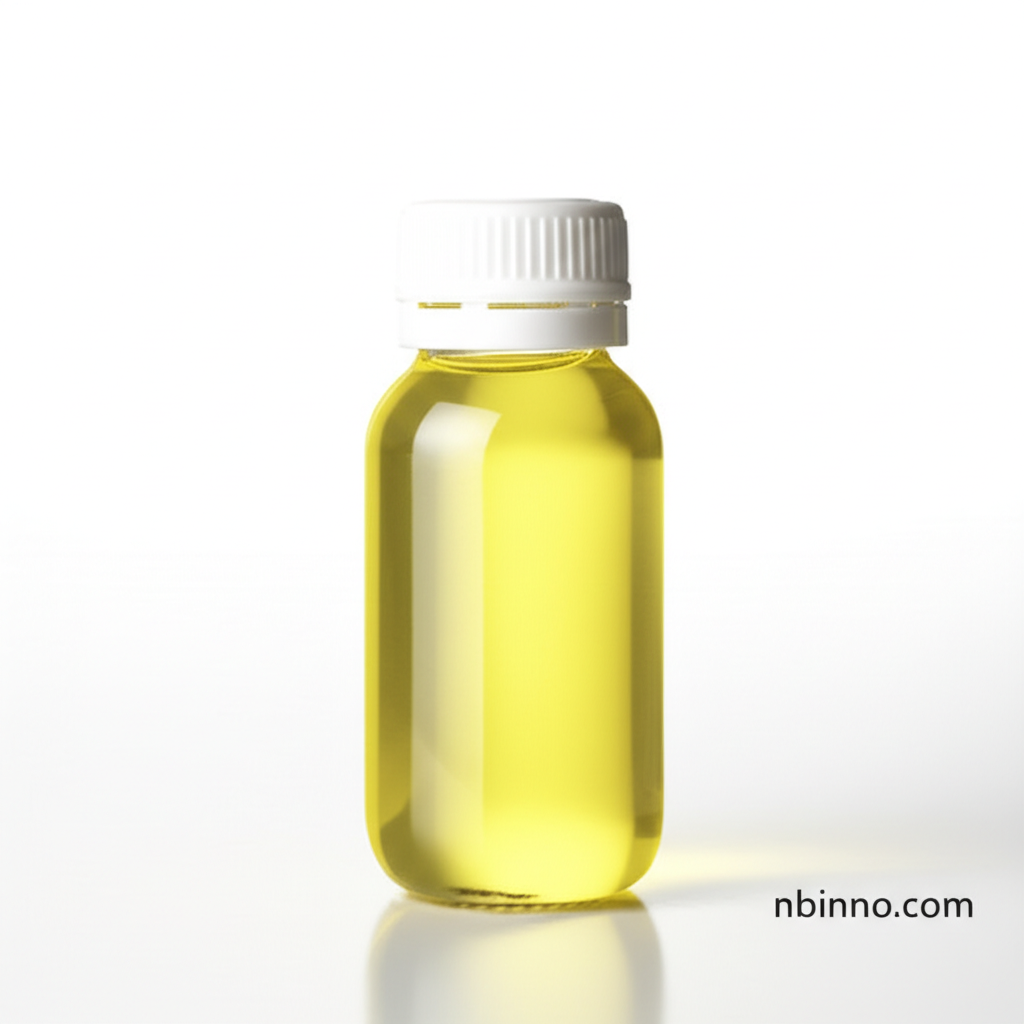N-(Trimethylsilyl)allylamine: A Versatile Silane Coupling Agent for Advanced Material Synthesis
Unlock innovation with this key organosilane intermediate for cutting-edge chemical applications.
Get a Quote & SampleProduct Core Value

N-(Trimethylsilyl)allylamine
N-(Trimethylsilyl)allylamine (CAS 10519-97-8) is a highly versatile organosilane intermediate, valued for its dual functionality combining an allyl group with a trimethylsilyl protected amine. This unique structure makes it an excellent building block for creating complex molecules and advanced materials. Its reactivity allows it to participate in various chemical transformations, serving as a crucial component in the synthesis of polymers, coatings, and electronic chemicals. Researchers and manufacturers rely on this compound for its ability to improve material properties and enable novel applications.
- The synthesis of N-(Trimethylsilyl)allylamine involves reacting allylamine with hexamethyldisilazane, forming a crucial organosilane coupling agent for material science applications.
- Understanding the chemical properties of CAS 10519-97-8, such as its liquid state and specific reactivity, is key to its effective use as a chemical intermediate.
- Exploring the diverse uses of trimethylsilylallylamine in polymerization processes highlights its importance as a valuable component in creating advanced polymers.
- The role of N-allyltrimethylsilanamine as a reactive silane in material synthesis underscores its broad applicability in various industrial sectors.
Key Product Advantages
Enhanced Material Properties
Leveraging the N-(Trimethylsilyl)allylamine synthesis, manufacturers can develop materials with significantly improved characteristics, such as enhanced adhesion and thermal stability, crucial for high-performance applications.
Versatile Chemical Intermediate
As a key chemical intermediate, N-(Trimethylsilyl)allylamine facilitates complex organic synthesis, enabling the creation of specialized molecules and functional materials required in cutting-edge industries.
Facilitates Polymerization
The compound's role in polymerization processes, particularly as a reactive silane, allows for the precise engineering of polymer architectures, leading to materials with tailored functionalities.
Key Applications
Advanced Material Synthesis
N-(Trimethylsilyl)allylamine is instrumental in creating new functional materials by acting as a reactive building block, influencing the final properties and performance of the synthesized products.
Polymer Science
In polymer chemistry, this organosilane is used to modify polymers or as a monomer component, leading to novel polymeric structures with unique chemical and physical attributes.
Organic Synthesis
As a versatile chemical intermediate, it enables complex organic transformations, supporting the development of pharmaceuticals, agrochemicals, and other fine chemicals.
Electronic Chemicals
Its specific chemical properties make it a candidate for use in the production of electronic materials, potentially contributing to advancements in semiconductor or display technologies.
